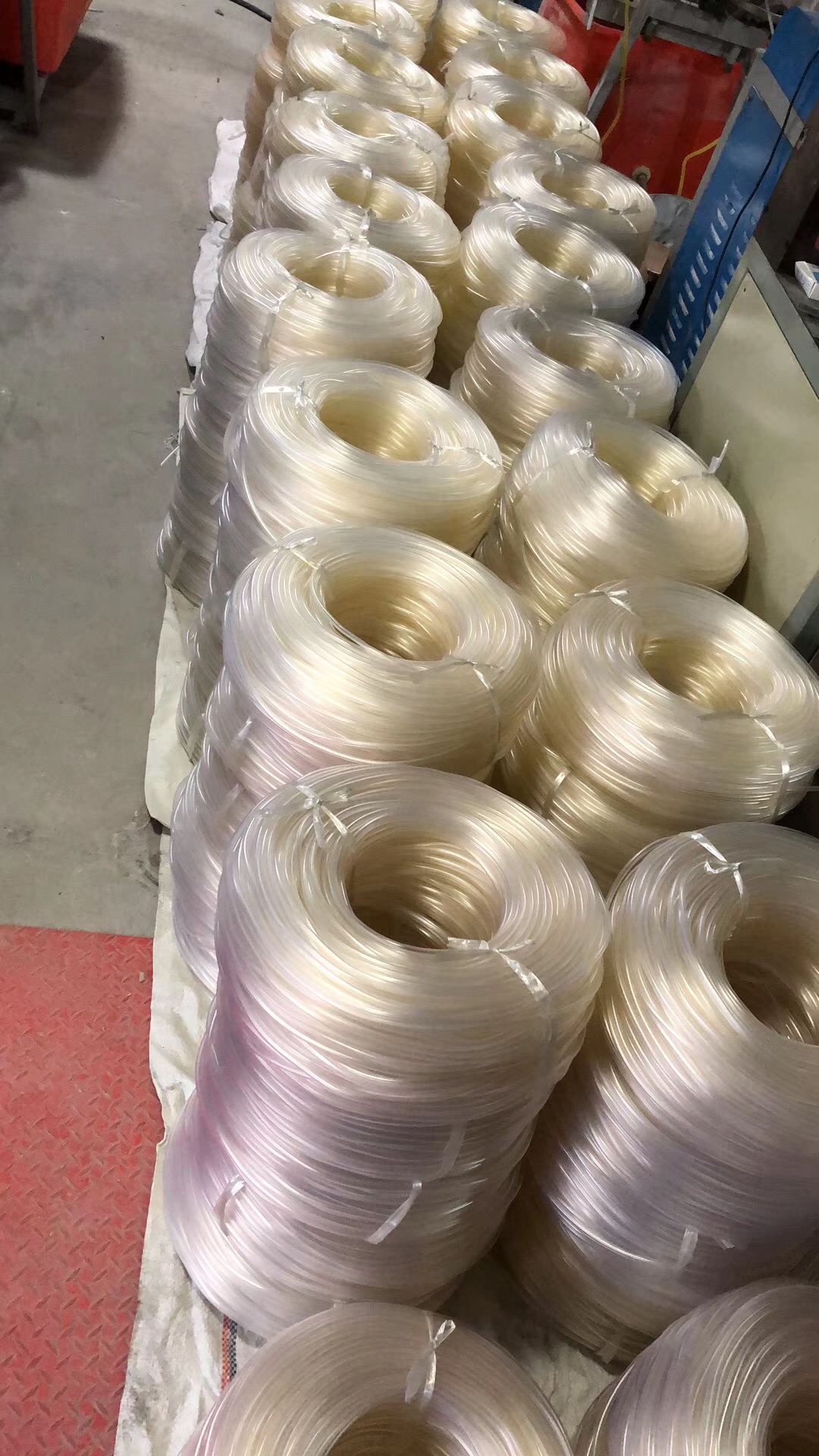LPG Vapor Hose Specifications and Safety Tips for Effective Use
Understanding LPG Vapor Hoses An Essential Component for Gas Transport
Liquefied Petroleum Gas (LPG) is widely used for heating, cooking, and as a fuel for vehicles. To transport and use LPG safely and efficiently, many components are involved, with the LPG vapor hose being a critical element. This article will explore what LPG vapor hoses are, their importance, and considerations for their use.
What is an LPG Vapor Hose?
An LPG vapor hose is designed specifically for transferring LPG vapors from one point to another. Unlike liquid hoses, which move liquid LPG, vapor hoses are built to handle the gas that forms when LPG is stored under pressure and is released. These hoses are typically made from materials that can withstand the pressure and temperature variations while preventing leaks or degradation over time.
Importance of LPG Vapor Hoses
The proper functioning of LPG vapor hoses is crucial for several reasons
1. Safety LPG is highly flammable, and any leaks can pose serious risks, including fire hazards and explosions. High-quality vapor hoses are engineered with robust materials to minimize the likelihood of leaks, ensuring a safer operating environment.
2. Efficiency An effective vapor transport system allows for the smooth flow of gas, maximizing the efficiency of appliances that rely on LPG. Properly functioning hoses help maintain the pressure and flow rates needed for optimal performance.
3. Durability LPG vapor hoses are subjected to varying temperatures and environmental conditions. They are designed to be resistant to wear, UV radiation, and chemicals, ensuring a long service life and reducing the need for frequent replacements.
Key Features to Look For
lpg vapor hose

When selecting an LPG vapor hose, several key features should be considered
- Pressure Ratings Ensure the hose can handle the maximum pressure you expect in your system. Check for specifications and certifications that indicate its pressure tolerance.
- Temperature Resistance LPG vapor hoses should be designed to operate across a range of temperatures. Look for hoses rated for both high and low temperatures to ensure they can function properly in your specific environment.
- Material Composition Common materials include rubber, PVC, and composite materials. Each has its advantages and disadvantages, so choose one that best meets your application needs.
- Compatibility Ensure the hose fittings are compatible with your LPG system. This compatibility prevents leaks and ensures secure connections.
Maintenance and Inspection
Regular inspection and maintenance of LPG vapor hoses are critical for safety and efficiency. Look for signs of wear and tear, such as cracks, bulges, or abrasions. It’s also essential to ensure that all fittings are secure and that there are no signs of gas leaks.
Conclusion
LPG vapor hoses are a vital component in the safe and efficient transport of liquefied petroleum gas. With their safety features, durability, and efficiency, they play an essential role in a wide range of applications. By understanding the importance of these hoses and how to select and maintain them, users can ensure that their LPG systems operate safely and effectively. Investing in high-quality LPG vapor hoses is not just a matter of convenience; it’s a commitment to safety and reliability in gas transport.
-
Strong suction and flexibility: The versatile application of PVC suction hosesNewsAug.05,2025
-
Steel wire reinforcement, tough protection: The road to upgrading the strength of Wire Reinforced PVC HoseNewsAug.05,2025
-
Resilience and Flexibility Coexist: A New Industrial Perspective for Pvc Air HosesNewsAug.05,2025
-
Pulse of Efficient Transmission: The Excellent Performance and Multiple Applications of PU Pneumatic HoseNewsAug.05,2025
-
Enduring Pressure: The Industrial Mission of High Pressure Lay Flat HoseNewsAug.05,2025
-
Durable Water Conveyance: The Practical Value and Technical Charm of PVC WATER HOSESNewsAug.05,2025














